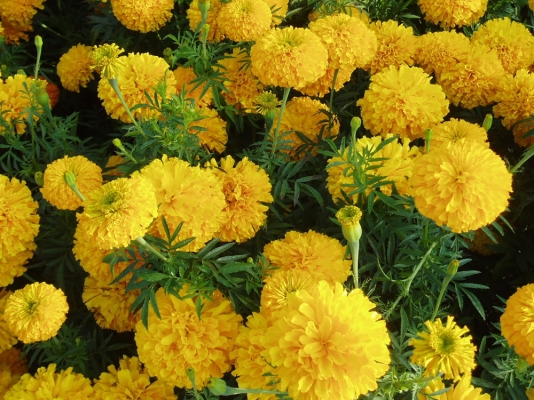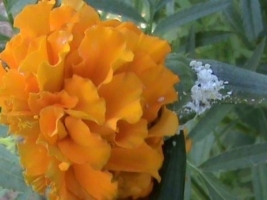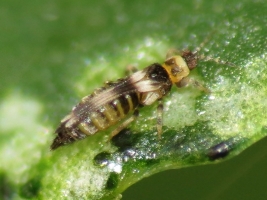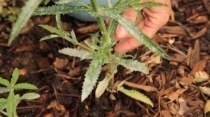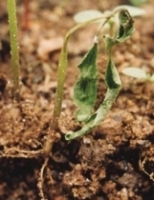General Information
It is a common grown flower of India. It is very important flower, as it extensively used on religious and social function. Also it is used as trap crop. As it is short duration crop with low investment, it becomes popular crop of India. Marigold flowers are attractive in shape and color. It is widely adopted because of ease of cultivation. On basis of size and color, it has two main varieties, African Marigold and French marigold. Plants of French marigold variety are short while flowers are small in size compared to African marigold. Maharashtra, Karnataka, Gujarat, AP, Tamil Nadu and MP are major marigold cultivator in India. Dashera and Diwali are two festivals when demand for this crop is highest.

